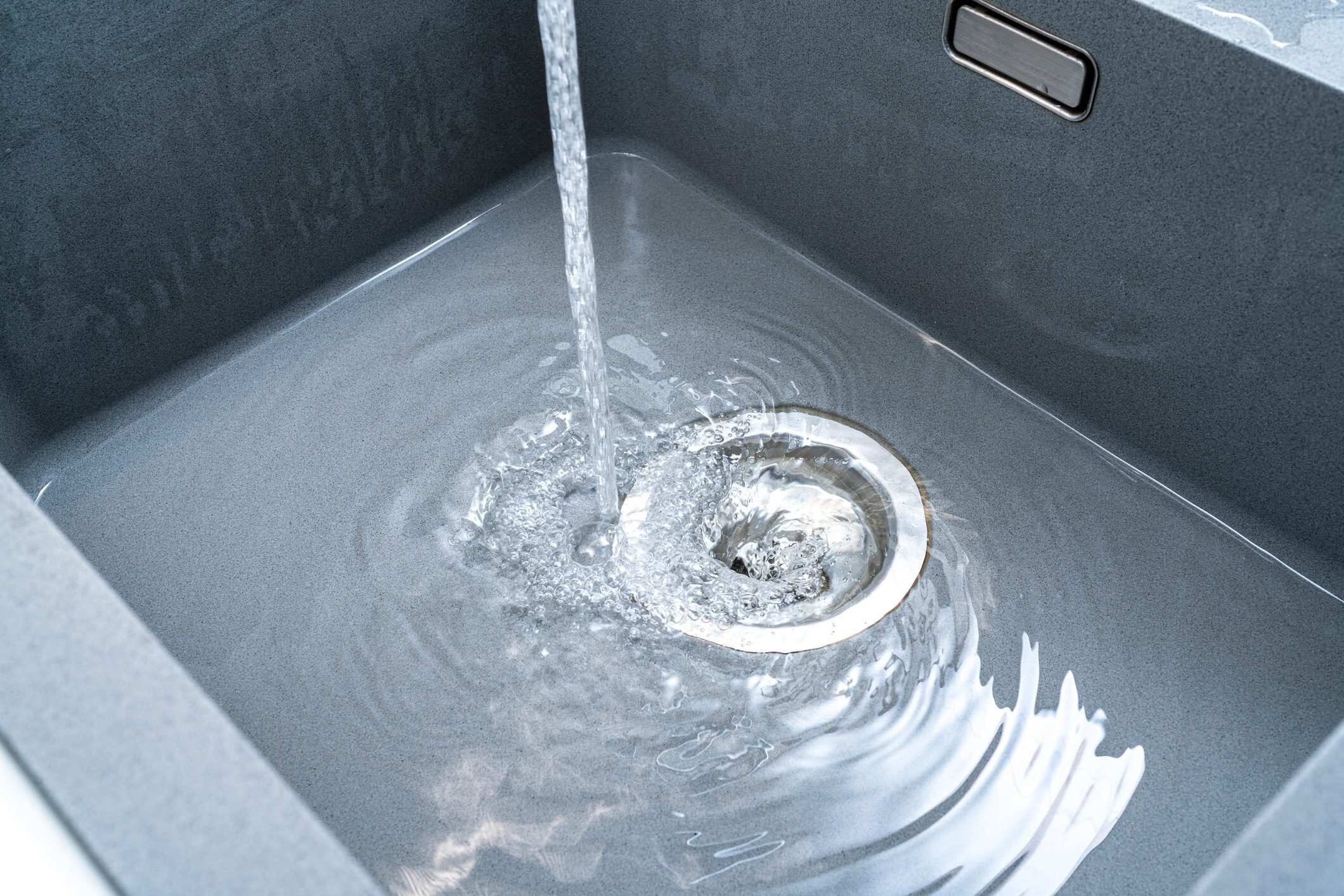

Articles
Why Is My Sink Not Draining
Modified: January 7, 2024
Discover articles on why your sink is not draining and learn effective solutions to fix the problem. Don't let a clogged sink ruin your day!
(Many of the links in this article redirect to a specific reviewed product. Your purchase of these products through affiliate links helps to generate commission for Storables.com, at no extra cost. Learn more)
Introduction
Having a sink that doesn’t drain properly can be frustrating and inconvenient. Whether it’s a slow drain or a complete blockage, a malfunctioning sink drainage system can disrupt your daily routine and lead to potential plumbing issues. Understanding the common causes of sink drainage problems can help you address the issue effectively and prevent future occurrences.
In this article, we will explore the various factors that can contribute to sink drainage issues and provide you with practical solutions to unclog your sink and maintain a healthy drain. From clogged P-traps to grease buildup, we will cover it all.
So, if you’ve ever wondered, “Why is my sink not draining?” or “What can I do to fix a clogged sink?” keep reading to find out!
Key Takeaways:
- Regularly cleaning the P-trap and avoiding pouring grease down the sink can prevent clogs and maintain a healthy drain system.
- Using a plunger and natural cleaners, as well as scheduling professional inspections, are effective ways to address and prevent sink drainage issues.
Read more: Why Is My Sink Draining Slowly
Common Causes of Sink Drainage Issues
There are several common causes for sink drainage problems that can disrupt the flow of water in your sink. Identifying these causes is crucial in order to effectively address the issue and prevent future blockages. Here are some of the most common culprits:
- Clogged P-Trap: The P-trap is a curved pipe located under the sink that traps debris and prevents sewer gases from entering your home. However, it can easily become clogged with hair, soap residue, or foreign objects, leading to slow or blocked drainage.
- Blockage in the Drainpipe: Over time, items such as food particles, grease, and mineral deposits can build up in the drainpipe and create a blockage. This can cause water to back up in the sink and impede proper drainage.
- Grease and Food Residue Buildup: Pouring grease or oil down the sink can be a major contributor to drain clogs. Grease solidifies as it cools down, sticking to the walls of the pipes and collecting food particles, resulting in a stubborn blockage.
- Insufficient Ventilation: Adequate ventilation is necessary for proper drainage. If the vents connected to your sink are blocked or restricted, it can cause slow drainage or complete blockage.
- Faulty Sink Stopper or Drain Assembly: If the sink stopper or drain assembly is damaged, worn out, or not functioning properly, it can obstruct the flow of water down the drain and lead to drainage problems.
- Damaged or Broken Pipes: In some cases, sink drainage issues may be caused by damaged or broken pipes. This can occur due to corrosion, aging pipes, or external factors like tree roots infiltrating the pipes.
By understanding the common causes of sink drainage issues, you can take proactive measures to prevent these problems and address them promptly when they occur. Next, we will discuss step-by-step solutions to unclog your sink and restore proper drainage.
Clogged P-Trap
The P-trap is an important component of your sink’s drainage system. It is a curved pipe located under the sink that is designed to trap debris and prevent sewer gases from entering your home. However, over time, the P-trap can become clogged with hair, soap residue, or foreign objects, leading to slow or blocked drainage.
If you suspect that the P-trap is the cause of your sink not draining properly, there are a few steps you can take to address the issue:
- Gather the necessary tools: Before you begin, make sure you have a pair of pliers, a bucket, and a pipe wrench.
- Place the bucket under the P-trap: Position the bucket beneath the P-trap to catch any water or debris that may come out during the process.
- Loosen the slip nuts: Using pliers or a pipe wrench, carefully loosen the slip nuts on both ends of the P-trap. This will allow you to remove the trap easily.
- Remove the clog: Once the P-trap is detached, inspect it for any visible debris or clogs. Use a small brush or your fingers to remove any gunk or buildup.
- Clean the P-trap: Rinse the P-trap with warm water to remove any remaining residue. Ensure that the trap is clean and free from obstructions.
- Reassemble the P-trap: Once the trap is clean, reattach it by tightening the slip nuts. Make sure the connections are secure and there are no leaks.
- Test the drainage: Turn on the faucet and let the water flow to check if the P-trap removal has resolved the drainage issue. If the sink drains properly, the clogged P-trap was the likely culprit.
If removing and cleaning the P-trap does not resolve the drainage problem, it is recommended to seek professional assistance. They can perform a thorough inspection of your sink’s drainage system and identify any underlying issues.
Remember, prevention is key to maintaining a healthy sink drain. Regularly clean the P-trap and avoid pouring debris down the sink to prevent clogs.
Blockage in the Drainpipe
A blockage in the drainpipe is a common cause of sink drainage issues. Over time, food particles, grease, soap residue, and other debris can accumulate in the drainpipe, leading to slow or blocked drainage. If you suspect a blockage in the drainpipe is the culprit behind your sink not draining properly, here are some steps you can take to address the issue:
- Boiling water: Boil a kettle full of water and pour it down the drain in one go. The hot water can help break down and dislodge minor blockages. Repeat this process a few times to see if it improves the drainage.
- Vinegar and baking soda: Mix equal parts of vinegar and baking soda. Pour this mixture down the drain and cover it with a drain plug or a cloth. Let it sit for about 30 minutes. Then, flush the drain with hot water. The foaming action of the vinegar and baking soda can help break down and dissolve blockages.
- Plumbing snake: If the above methods do not work, you can try using a plumbing snake. Insert the snake into the drain and rotate it in a clockwise motion to dislodge the blockage. Pull out the snake and discard any debris that comes out. Flush the drain with water to ensure the blockage has been cleared.
- Enzyme-based drain cleaners: Enzyme-based drain cleaners can be effective in breaking down organic matter that causes blockages. Follow the instructions on the product and use it as directed. Be sure to choose a product that is safe for your specific type of pipes.
- Professional help: If the blockage persists or if you are unable to remove it on your own, it is best to seek professional help. A plumber will have the necessary tools and expertise to effectively clear stubborn blockages and restore proper drainage.
Remember, prevention is key to avoiding blockages in the drainpipe. Dispose of food scraps properly, avoid pouring grease down the sink, and use drain covers to catch hair and debris.
By taking these steps, you can effectively address and prevent blockages in the drainpipe, ensuring a healthy and smoothly flowing sink drain.
Grease and Food Residue Buildup
Grease and food residue buildup is a common culprit behind sink drainage issues. When grease and oil are poured down the sink, they can solidify and stick to the walls of the pipes. As a result, food particles and other debris can easily get trapped, leading to clogs and poor drainage. To address grease and food residue buildup in your sink, consider the following steps:
- Boiling water: Boil a kettle full of water and carefully pour it down the drain. The hot water can help liquefy and break down the grease and residue, allowing it to flow more easily through the pipes. Repeat this process a few times to help clear the buildup.
- Vinegar and hot water: Mix equal parts of vinegar and hot water in a bucket. Remove the drain stopper or cover and pour the mixture down the drain. Let it sit for about 30 minutes to allow the vinegar’s acidity to break down the grease and food residue. Flush the drain with hot water afterward to rinse away the loosened debris.
- Baking soda and salt: Create a mixture of equal parts baking soda and salt. Pour this mixture down the drain and let it sit for a few hours or overnight. Follow up with boiling water to flush away the dissolved residue. The combination of baking soda and salt can help break down the grease and food buildup.
- Commercial drain cleaners: If the buildup is stubborn and the above methods do not work, you can consider using a commercial drain cleaner. Look for a drain cleaner specifically formulated to dissolve grease and food residue. Follow the instructions on the product carefully, as these cleaners can contain strong chemicals. Use them sparingly and consider wearing protective gloves and goggles.
- Preventive measures: To avoid future grease and food residue buildup, avoid pouring grease or oil down the drain. Instead, dispose of it in a separate container. Use sink strainers or drain covers to catch food scraps and other debris, preventing them from going down the drain in the first place.
Remember, prevention is essential when it comes to grease and food residue buildup. Taking steps to reduce the amount of grease and food waste that goes down the drain can help maintain a healthy and efficiently draining sink.
By following these steps and implementing preventive measures, you can effectively combat grease and food residue buildup in your sink and restore proper drainage.
Read more: Why Is My Bathroom Sink Not Draining
Insufficient Ventilation
Insufficient ventilation in the sink’s drainage system can contribute to slow or blocked drainage. Proper ventilation allows air to flow through the pipes, maintaining proper pressure and helping water flow smoothly down the drain. When ventilation is limited or blocked, it can lead to water backing up and drainage issues. If you suspect that insufficient ventilation is causing your sink not to drain properly, you can consider the following steps:
- Check the vent pipe: The vent pipe is a vertical pipe that connects to your sink’s drain system and extends through the roof. Check to see if the vent pipe is obstructed, such as by debris, bird nests, or other foreign objects. If it is blocked, clear the obstruction to restore proper airflow.
- Inspect the venting system: The venting system includes pipes and vents connected to your sink. Inspect these pipes for any signs of damage, such as cracks or leaks. If you spot any issues, consider calling a professional plumber to repair or replace the damaged parts.
- Ensure proper installation: Improper installation of the venting system can lead to ventilation issues. If you suspect that the system was not installed correctly or is not up to code, consult a plumber to assess the situation and make any necessary adjustments or repairs.
- Professional assessment: If you have checked the vent pipe, inspected the venting system, and have not found any visible issues, it may be best to seek professional help. A plumber can perform a comprehensive inspection of your sink’s drainage system to identify any hidden ventilation issues that may be causing the drainage problems.
Proper ventilation is essential for maintaining a healthy sink drainage system. It allows for the proper flow of water and prevents backup or blockages. To prevent ventilation-related issues in the future, ensure that your sink’s venting system is periodically inspected and maintained by a professional.
By addressing any ventilation issues and ensuring proper airflow, you can restore proper drainage to your sink and prevent future drainage problems.
Faulty Sink Stopper or Drain Assembly
A faulty sink stopper or drain assembly can contribute to sink drainage issues. If the sink stopper doesn’t seal properly or the drain assembly has worn-out parts, it can obstruct the flow of water down the drain and lead to slow or stagnant drainage. If you suspect that a faulty sink stopper or drain assembly is causing your sink not to drain properly, consider the following steps:
- Inspect the sink stopper: Remove the sink stopper and check for any visible damage or debris that may be obstructing its function. Clean the stopper thoroughly and ensure it fits securely in place.
- Check the linkage system: The linkage system connects the sink stopper to the drain assembly. Ensure that the linkage system is correctly aligned and not damaged. Adjust or replace any broken or worn-out parts as necessary.
- Replace the sink stopper: If the sink stopper is severely damaged or cannot be properly cleaned or repaired, it may be necessary to replace it with a new one. Choose a sink stopper that is compatible with your sink’s drain assembly and install it according to the manufacturer’s instructions.
- Inspect the drain assembly: Examine the entire drain assembly for any signs of damage or deterioration. Look for cracks, leaks, or worn-out parts that may be causing drainage problems. If you identify any issues, it is recommended to seek professional assistance to repair or replace the drain assembly.
If you are unsure about how to properly inspect or replace the sink stopper and drain assembly, it is advisable to consult a professional plumber. They have the expertise and knowledge to diagnose and repair any faults in the sink stopper or drain assembly effectively.
Remember, regular maintenance and upkeep of your sink’s stopper and drain assembly can help prevent issues and ensure smooth and efficient drainage. Inspect them periodically and address any problems promptly to avoid further complications.
By addressing any faulty sink stopper or drain assembly issues, you can improve the drainage of your sink and maintain a properly functioning plumbing system.
Damaged or Broken Pipes
When it comes to sink drainage issues, damaged or broken pipes can be a significant cause. Over time, pipes can deteriorate due to aging, corrosion, or external factors such as tree root intrusion or physical damage. Damaged or broken pipes can disrupt the flow of water, leading to slow or blocked drainage and potential water leaks. If you suspect that damaged or broken pipes are the reason why your sink is not draining properly, consider the following steps:
- Inspect visible pipes: Check the visible pipes under the sink for any signs of damage, such as leaks, cracks, or loose connections. If you identify any issues, consider tightening loose connections or replacing damaged sections of the pipe.
- Investigate hidden pipes: If the visible pipes appear to be in good condition, but you are still experiencing drainage problems, it may be necessary to investigate the hidden pipes within the wall or under the floor. However, accessing and repairing hidden pipes can be complex, and it is recommended to seek professional help for such tasks.
- Call a professional plumber: If you suspect that you have damaged or broken pipes causing the sink drainage issues, it is best to call a professional plumber. They have the necessary tools and expertise to perform a thorough inspection of your plumbing system, identify the location and extent of the pipe damage, and recommend appropriate repairs.
- Follow professional advice: If the plumber identifies damaged or broken pipes during their inspection, it is essential to follow their recommendations closely. They may suggest repair options such as pipe relining or pipe replacement to restore the proper flow of water and prevent further drainage issues.
Remember, pipe damage can occur due to various factors, and addressing the issue promptly is crucial to prevent more extensive damage and costly repairs down the line. Regular inspections and maintenance of your plumbing system can help identify and address pipe damage early.
By taking the necessary steps to repair damaged or broken pipes, you can restore proper drainage to your sink and maintain a reliable and efficient plumbing system.
Steps to Unclog a Sink
Dealing with a clogged sink can be a frustrating experience. However, with the right approach and the appropriate tools, you can unclog your sink and restore proper drainage. Here are the steps to follow:
- Assess the severity of the clog: Before you begin, determine the severity of the clog. If the water is draining extremely slowly or not at all, it may require more intensive methods to remove the blockage.
- Attempt to remove the clog with a plunger: Start by using a plunger specifically designed for sinks. Fill the sink partially with water to cover the drain. Place the plunger over the drain and apply firm, vertical pressure while creating a seal. Vigorously plunge the drain up and down for a minute or two. Repeat the process several times until the water begins to drain properly.
- Inspect and clean the P-trap: If plunging doesn’t resolve the clog, the next step is to check the P-trap. Place a bucket beneath the P-trap to catch any water or debris. Use pliers or a pipe wrench to loosen the slip nuts on both ends of the P-trap. Remove the trap and clean out any visible clogs or debris. Rinse the trap with water and reassemble it securely.
- Utilize a plumbing snake: If the clog persists, a plumbing snake (also known as a drain auger) can be an effective tool. Insert the snake into the drain and rotate the handle clockwise while pushing it into the pipe. Keep feeding the snake into the drain until you encounter resistance. Rotate and push the snake against the clog to dislodge it. Slowly withdraw the snake, pulling out any debris. Flush the drain with water to ensure the clog has been cleared.
- Try chemical drain cleaners: If the clog is stubborn or persistent, you can consider using a chemical drain cleaner. Follow the instructions provided by the manufacturer and use caution when handling these products, as they can be harmful to skin and eyes. Ensure proper ventilation in the area and avoid mixing different drain cleaners.
- Consult a professional plumber: If none of the above methods work or if you are uncomfortable attempting them yourself, it is advisable to seek professional assistance. A licensed plumber has the expertise and specialized equipment to handle even the most stubborn clogs and can ensure that your sink’s drainage system is thoroughly cleared and functioning properly.
Remember, prevention is always better than a cure. To avoid future clogs, adopt good habits such as using drain covers to catch hair and debris, avoiding pouring grease and food scraps down the sink, and conducting regular maintenance to keep your sink drain clean and clear.
By following these steps and practicing preventative measures, you can effectively unclog your sink and maintain proper drainage.
Check for clogs in the sink drain by using a plunger or a drain snake to remove any blockages. You can also try pouring boiling water down the drain to help break up any grease or debris. If these methods don’t work, it may be time to call a plumber.
Read more: Why Is My Whirlpool Washer Not Draining
Using a Plunger
One of the most common and effective tools for unclogging a sink is a plunger. Plungers create suction and pressure to dislodge clogs and restore proper drainage. Here’s how to use a plunger to unclog your sink:
- Select the right plunger: Choose a plunger specifically designed for sinks. It should have a flat bottom and a smaller cup compared to a toilet plunger.
- Create a seal: Ensure the sink is partially filled with enough water to cover the drain. This helps create the necessary suction. Place the plunger directly over the drain, centering it to establish a tight seal.
- Apply pressure: With a firm grip on the handle, push the plunger down slowly to expel any trapped air. Then, rapidly pump the plunger up and down using quick motions. The suction and pressure created by the plunger can dislodge and break up the clog.
- Continue plunging: Repeat the plunging motion for about 20-30 seconds, maintaining a tight seal. Make sure the plunger stays submerged in water to maintain effective suction. If the water starts to drain, it’s a sign that the clog is breaking up.
- Test the drainage: After plunging, remove the plunger and test the drainage by running water down the sink. If the water drains properly, the clog has been successfully cleared. Otherwise, repeat the plunging process a few more times.
Using a plunger can often provide a quick and effective solution for minor sink clogs. However, if the clog persists or the issue is more severe, it may be necessary to try alternative methods or seek professional assistance.
Remember to exercise caution when using a plunger and follow any safety instructions provided. Additionally, ensure the surrounding area is clear of any objects or hazards that may get knocked over during the plunging process.
By utilizing a plunger and following these steps, you can tackle minor sink clogs and restore efficient drainage to your sink.
Removing and Cleaning the P-Trap
The P-trap is a curved pipe located under the sink that traps debris and prevents sewer gases from entering your home. However, it can become clogged with hair, soap residue, or foreign objects over time, leading to slow or blocked drainage. Here are the steps to remove and clean the P-trap:
- Gather the necessary tools: Before you begin, gather a bucket, pliers, and a pipe wrench to assist in removing the P-trap.
- Place the bucket under the P-trap: Position the bucket beneath the P-trap to catch any water or debris that may pour out during the removal process.
- Loosen the slip nuts: Using pliers or a pipe wrench, carefully loosen the slip nuts on both ends of the P-trap. Turn them counterclockwise to loosen them, but avoid using excessive force to prevent damaging the connections.
- Remove the P-trap: Once the slip nuts are loosened, you can easily remove the P-trap. Gently pull the trap away from the drain pipe and the tailpiece connected to the sink drain.
- Clean the P-trap: Inspect the P-trap for any visible debris or clogs. Clear out any gunk or buildup using a small brush, such as an old toothbrush, or your fingers. If necessary, rinse the trap under running water to remove any remaining residue.
- Reassemble the P-trap: Once the trap is clean, reattach it by sliding it back onto the drain pipe and the tailpiece. Tighten the slip nuts by turning them clockwise, ensuring a secure connection. Be cautious not to overtighten, as this can cause leaks.
- Test the drainage: Turn on the faucet and let the water flow to check if removing and cleaning the P-trap has resolved the drainage issue. If the sink drains properly, the clogged P-trap was likely the cause.
Removing and cleaning the P-trap is a relatively simple and effective solution for many sink drainage problems. However, if the issue persists or seems more severe, it is recommended to seek professional assistance to inspect the entire plumbing system.
Prevention is key to maintaining a healthy and smoothly flowing sink drain. Regularly inspect the P-trap and clean it as needed to prevent future clogs. Additionally, avoid pouring debris and foreign objects down the sink to help maintain clear drainage.
By following these steps and practicing preventive measures, you can effectively remove and clean the P-trap, ensuring a properly functioning sink drain.
Utilizing a Plumbing Snake
If plunging or removing the P-trap doesn’t clear the clog in your sink, utilizing a plumbing snake, also known as a drain auger, can be an effective method to dislodge and remove the obstruction. Here’s how you can use a plumbing snake to unclog your sink:
- Select the right plumbing snake: Choose a plumbing snake that is suitable for use in sink drains. These snakes are typically handheld and have a long flexible cable with a corkscrew or hook-like end.
- Prepare the drain: Ensure that there is no standing water in the sink. If necessary, use a bucket or towels to remove any excess water.
- Insert the plumbing snake: Feed the cable of the plumbing snake into the drain, rotating the handle in a clockwise motion as you push it down. Keep feeding the snake until you reach the point of resistance, indicating the location of the clog.
- Break up the clog: Once the plumbing snake reaches the clog, begin rotating the snake in a clockwise direction while applying gentle pressure. This action can help break up the clog and create a pathway for water to flow.
- Retract the snake: Slowly retract the snake by pulling the cable back, while continuing to rotate it. As you pull it out, the clog should be dislodged and come out with the snake. Be cautious not to force or yank the snake, as it can cause damage to the drain pipe.
- Flush the drain: After removing the snake and the clog, flush the drain with hot water to ensure that it is clear and flowing properly.
- Clean the plumbing snake: Thoroughly clean the plumbing snake after use. Remove any debris or residue from the cable, and sanitize it if necessary, to prevent any potential contamination or odors.
Note that using a plumbing snake requires caution and following the instructions carefully. If you encounter persistent resistance or are unsure about using the tool, it is best to consult a professional plumber for assistance.
In addition, it’s important to practice preventive measures to avoid future clogs. Use sink strainers or drain covers to catch hair, food particles, and other debris. Avoid pouring grease, oil, or large amounts of food waste down the sink drain.
By utilizing a plumbing snake correctly and taking preventive steps, you can effectively clear stubborn clogs and restore the proper flow of water in your sink drain.
Chemical Drain Cleaners
Chemical drain cleaners can be an option to consider when other methods fail to unclog your sink. They are formulated to break down various types of clogs, such as hair, grease, and food debris. Here are some important points to keep in mind when using chemical drain cleaners:
- Choose the right product: Select a chemical drain cleaner that is specifically designed for the type of clog you are dealing with, such as a hair clog remover or a grease-dissolving formula. Read the label to ensure that it is safe to use with your specific plumbing system.
- Follow the instructions: Carefully read and follow the instructions provided by the manufacturer. This includes wearing protective gloves and eyewear, ensuring proper ventilation, and avoiding contact with skin and eyes.
- Use the appropriate amount: Use the recommended amount of chemical drain cleaner as indicated on the product label. Using too little may not effectively break down the clog, while using too much can cause damage to the pipes.
- Allow sufficient contact time: Leave the chemical drain cleaner in the drain as instructed by the manufacturer. This allows the solution to break down the clog, typically for about 15 minutes to an hour.
- Flush with water: After the recommended contact time, flush the drain with hot water to help wash away the dissolved residue and clear the drain. Run the water for a few minutes to ensure that the clog is fully cleared.
- Be cautious with repeated use: Chemical drain cleaners should be used sparingly and as a last resort. Frequent or excessive use can damage the pipes and lead to other plumbing issues.
- Store safely: Store chemical drain cleaners in a safe and secure location, away from the reach of children and pets. Follow the disposal instructions on the product label for proper disposal.
While chemical drain cleaners can be effective for certain types of clogs, they are not suitable for all situations. Some clogs may be too severe or require professional assistance. Additionally, the use of chemical drain cleaners should be approached with caution, as they contain strong chemicals that can be harmful if not used properly.
It is important to remember that prevention is key to maintaining a healthy and clog-free sink drain. Regularly cleaning your sink, using drain strainers, and avoiding the disposal of grease, oil, and large food particles down the sink can help prevent clogs from forming.
If the clog persists or if you are uncomfortable using chemical drain cleaners, it is advisable to seek professional help from a plumber who can offer specialized solutions and effectively clear the clog.
Read more: Why Is My Samsung Washer Not Draining
Prevention Tips for a Healthy Sink Drain
Maintaining a healthy sink drain is essential to avoid the inconvenience and frustration of clogged sinks. By following these prevention tips, you can keep your sink drain in good condition and reduce the risk of drainage issues:
- Regular maintenance and cleaning: Make it a habit to regularly clean and maintain your sink. Remove any debris or food particles from the strainer or drain cover after each use. Opt for a weekly cleaning routine using a mild cleaner or a mixture of vinegar and baking soda to keep the drain clean and free from buildup.
- Avoiding debris and foreign objects: Be mindful of what goes down the sink drain. Avoid letting food scraps, coffee grounds, and large debris go down the drain. Dispose of these items in the trash or compost bin instead.
- Proper disposal of grease and food: Grease, oil, and fats should never be poured down the sink. These substances can solidify in the pipes and cause stubborn clogs. Instead, let grease cool and dispose of it in a sealed container or wipe it up with a paper towel before throwing it away.
- Use drain strainers or covers: Install a sink strainer or drain cover to catch hair, food particles, and other debris before they enter the drain. Regularly clean and empty the strainer to maintain its effectiveness.
- Avoid harsh chemicals: Minimize the use of harsh chemicals in your sink. Chemical cleaners, bleach, and other abrasive substances can corrode pipes over time and harm the environment. Opt for natural cleaning solutions when possible.
- Be cautious with DIY fixes: While DIY methods can be helpful in minor clogs, avoid using excessive force or improper tools that can cause damage to the pipes. If a clog persists or if you are unsure, it is best to seek professional assistance.
- Regular professional inspections: Consider scheduling regular inspections of your plumbing system by a professional plumber. They can identify any potential issues and perform preventive maintenance to keep your sink drain and overall plumbing system in optimal condition.
By following these prevention tips, you can maintain a healthy sink drain and minimize the risk of clogs and drainage issues. Remember, prevention is easier and less costly than dealing with clogged drains, so adopt good practices to keep your sink drain flowing smoothly!
Regular Maintenance and Cleaning
Regular maintenance and cleaning are key to ensuring a healthy and well-functioning sink drain. By incorporating these practices into your routine, you can prevent clogs, remove buildup, and maintain optimal drainage. Here are some important tips for regular maintenance and cleaning of your sink drain:
- Remove debris and clean the strainer: After each use, take a moment to remove any debris, such as food particles or hair, from the sink strainer or drain cover. Dispose of the collected waste in the trash or compost bin. For removable strainers, give them a thorough cleaning using warm water and a mild detergent or vinegar solution.
- Use natural cleaners: Avoid using harsh chemicals that can potentially damage your pipes and the environment. Instead, opt for natural cleaning methods. For routine cleaning, a mixture of equal parts vinegar and water can be effective in removing buildup and odors. Baking soda can also be sprinkled in the drain, followed by warm water, to help freshen the drain and break down particles.
- Practice deep cleaning: Periodically, it is important to conduct a deeper cleaning of your sink drain. One effective method is to remove the P-trap (as discussed earlier) and clean it thoroughly, ensuring that any debris or clogs are removed. You can also use a long, flexible brush or pipe cleaner to reach further down the drain and clear out any accumulated residue.
- Flush with hot water: Regularly flushing your sink drain with hot water can help prevent the buildup of grease and oils. After each use, run hot water down the drain for a few minutes. The hot water will help dissolve and flush away any residual substances and help prevent clogs.
- Consider environmentally-friendly enzyme cleaners: Enzyme-based drain cleaners can be a safer and more environmentally-friendly alternative to chemical cleaners. These cleaners use natural enzymes to breakdown organic matter in the drain, helping to prevent clogs and maintain a clean and clear drain.
- Schedule professional inspections: Regular professional inspections of your plumbing system are highly recommended. A professional plumber can identify any potential issues, perform thorough cleanings, and offer preventive maintenance to keep your sink drain and pipes in excellent condition.
By incorporating regular maintenance and cleaning practices into your routine, you can ensure a healthy and well-maintained sink drain. These simple steps will help prevent clogs, minimize the risk of drainage issues, and keep your sink functioning optimally.
Remember, prevention is key, and regular maintenance is an investment in the longevity and efficiency of your sink drain. Adopt these practices to keep your sink drain clean and clog-free!
Avoiding Debris and Foreign Objects
Preventing debris and foreign objects from entering your sink drain is crucial for maintaining a healthy and clog-free system. By adopting simple habits and taking proactive measures, you can significantly reduce the risk of clogs and keep your sink drain flowing smoothly. Here are some effective tips for avoiding debris and foreign objects in your sink drain:
- Scrape dishes before washing: Before rinsing dishes or placing them in the sink, scrape off excess food scraps into the trash or compost bin. This prevents large chunks of food from entering the drain.
- Use sink strainers or drain covers: Install sink strainers or drain covers over your sink drain openings. These devices are designed to catch debris, such as food particles and hair, preventing them from going down the drain. Regularly clean and empty the strainers to maintain their effectiveness.
- Avoid pouring grease and oil down the drain: Grease, oil, and fats should never be poured down the sink. These substances can solidify in the pipes and cause stubborn clogs. Instead, let grease cool and dispose of it in a sealed container or wipe it up with a paper towel before throwing it away.
- Dispose of coffee grounds properly: Avoid putting coffee grounds down the sink drain. Coffee grounds can accumulate and form clumps that can create clogs. Dispose of coffee grounds in the trash or use them as compost.
- Keep foreign objects away from the sink: Be mindful of small objects, such as jewelry, hairpins, and toothpaste caps, that can accidentally fall into the sink. Keep these items away from the sink area to prevent them from accidentally going down the drain.
- Launder clothes with caution: When doing laundry, be careful not to allow small items such as socks, tissue paper, or pocket contents to find their way into the washer drain. These items can end up in the sink drain and cause clogs.
- Teach children about proper sink use: Educate children about the importance of not putting foreign objects or excessive amounts of soap down the sink drain. Supervise young children during sink use to ensure they do not accidentally introduce debris into the drain.
By following these tips and being mindful of what goes down your sink drain, you can significantly reduce the risk of clogs and keep your sink functioning smoothly. Prevention is key to avoiding costly plumbing issues and maintaining a healthy and efficient drainage system.
Remember, even with precautions, clogs may still occur. In such cases, it is important to address the issue promptly to prevent further damage. If a clog persists or if you are unsure about handling it, it is best to consult a professional plumber for assistance.
Proper Disposal of Grease and Food
Properly disposing of grease and food waste is essential for maintaining a healthy and clog-free sink drain. When grease and food scraps are disposed of improperly, they can solidify and cause stubborn clogs in your plumbing system. By following these guidelines, you can prevent grease and food-related drainage issues:
- Never pour grease down the drain: Avoid pouring grease, oil, or fats down the sink drain. When hot grease cools, it solidifies and can cling to the pipes. Instead, allow the grease to cool and then dispose of it in a sealed container. You can also collect grease in a disposable container or use it for composting.
- Scrape dishes before washing: Before washing dishes or placing them in the sink, properly scrape off excess food scraps into the trash or compost bin. This helps prevent food particles from going down the drain and forming clogs.
- Use a sink strainer: Install a sink strainer or drain cover over your sink drain to catch food scraps and debris. Empty the strainer regularly to prevent buildup and maintain smooth drainage.
- Dispose of food waste in the trash or compost heap: Utilize the trash can or compost heap for disposing of food waste. Composting is an environmentally-friendly option for recycling food scraps while minimizing the risk of clogs in your sink drain.
- Avoid fibrous or starchy foods in the garbage disposal: Fibrous foods (e.g., celery, corn husks) and starchy foods (e.g., potato peels) can easily get tangled or expand in your pipes, leading to clogs. Dispose of these food items in the trash instead of using the garbage disposal.
- Run cold water during and after using the garbage disposal: When using the garbage disposal, run a steady stream of cold water. Cold water helps solidify grease, allowing the disposal to break it down more effectively. Continue running cold water for a few moments after turning off the disposal to flush away any remaining debris.
- Clean the garbage disposal regularly: Keep your garbage disposal clean by periodically grinding ice cubes or small citrus peels in it. This helps remove residue and keeps the disposal blades sharp.
By following these practices, you can prevent grease and food-related clogs in your sink drain and maintain a smooth and efficient drainage system. Proper disposal of grease and food waste is not only beneficial for your plumbing but also for the environment.
Remember, if you encounter a persistent clog or have concerns about your sink drain, it is best to seek professional assistance to ensure proper resolution without causing further damage.
Read more: Why Is My Toilet Draining Slowly
Conclusion
A properly functioning sink drain is essential for maintaining a smoothly running kitchen or bathroom. Dealing with sink drainage issues can be frustrating, but by understanding the common causes and implementing preventive measures, you can keep your sink drain healthy and clog-free.
In this article, we explored various factors that can contribute to sink drainage problems, including clogged P-traps, blockages in the drainpipe, grease and food residue buildup, insufficient ventilation, faulty sink stoppers or drain assemblies, and damaged or broken pipes. By identifying these causes, you can take appropriate steps to address and prevent sink drainage issues.
We also discussed effective methods to unclog a sink, such as using a plunger, removing and cleaning the P-trap, utilizing a plumbing snake, and considering chemical drain cleaners when necessary. Remember, it’s important to follow instructions and prioritize safety when using these tools and cleaners.
Prevention is the key to maintaining a healthy sink drain. By implementing regular maintenance and cleaning practices, avoiding debris and foreign objects, properly disposing of grease and food waste, and scheduling professional inspections when needed, you can greatly reduce the risk of clogs and keep your sink drain in excellent condition.
In conclusion, taking proactive measures and addressing sink drainage issues promptly will save you from headaches down the line. By understanding the causes, implementing preventive measures, and knowing how to effectively unclog a sink, you can ensure a smoothly functioning sink drain and enjoy a hassle-free experience in your kitchen or bathroom.
Remember, when in doubt or if the issue persists, it is always wise to consult a professional plumber who can provide expert guidance and assistance. Your sink drain plays a vital role in your daily activities, so taking care of it will pay off in the long run.
Frequently Asked Questions about Why Is My Sink Not Draining
Was this page helpful?
At Storables.com, we guarantee accurate and reliable information. Our content, validated by Expert Board Contributors, is crafted following stringent Editorial Policies. We're committed to providing you with well-researched, expert-backed insights for all your informational needs.
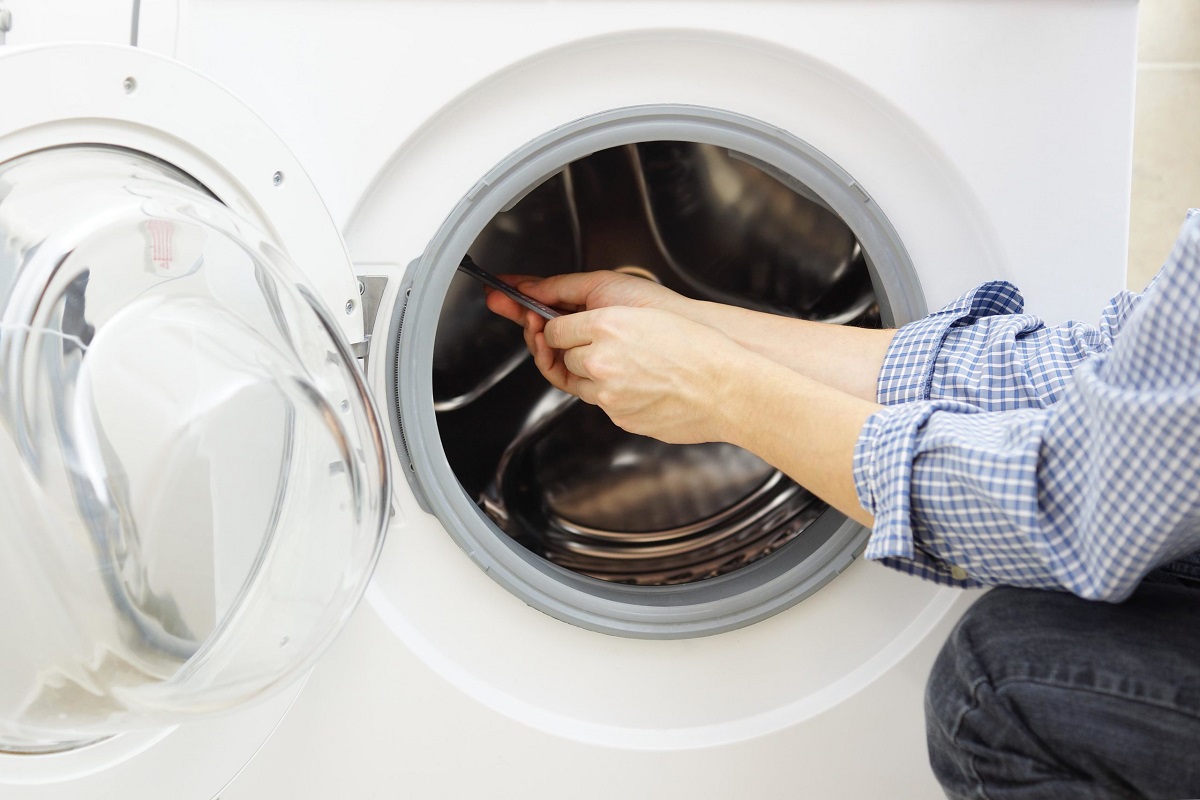
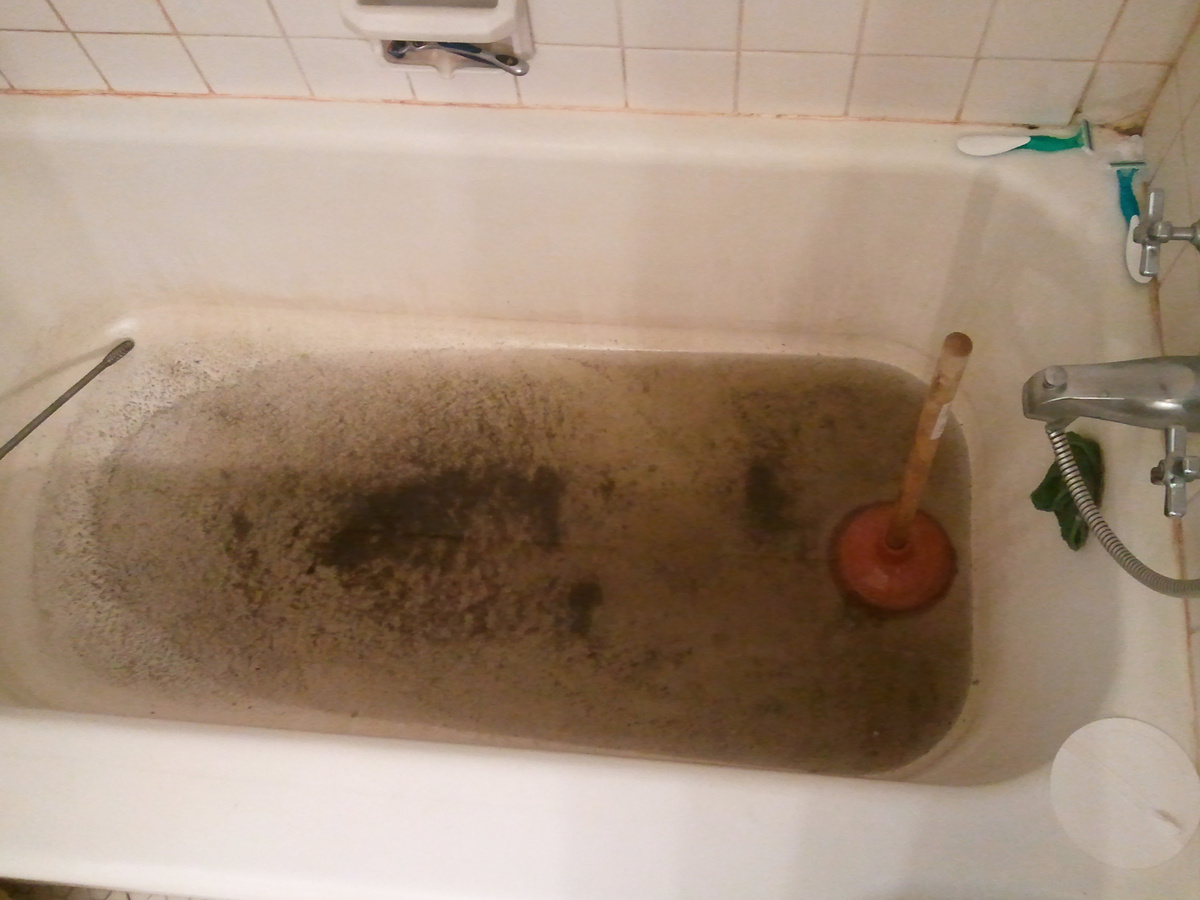
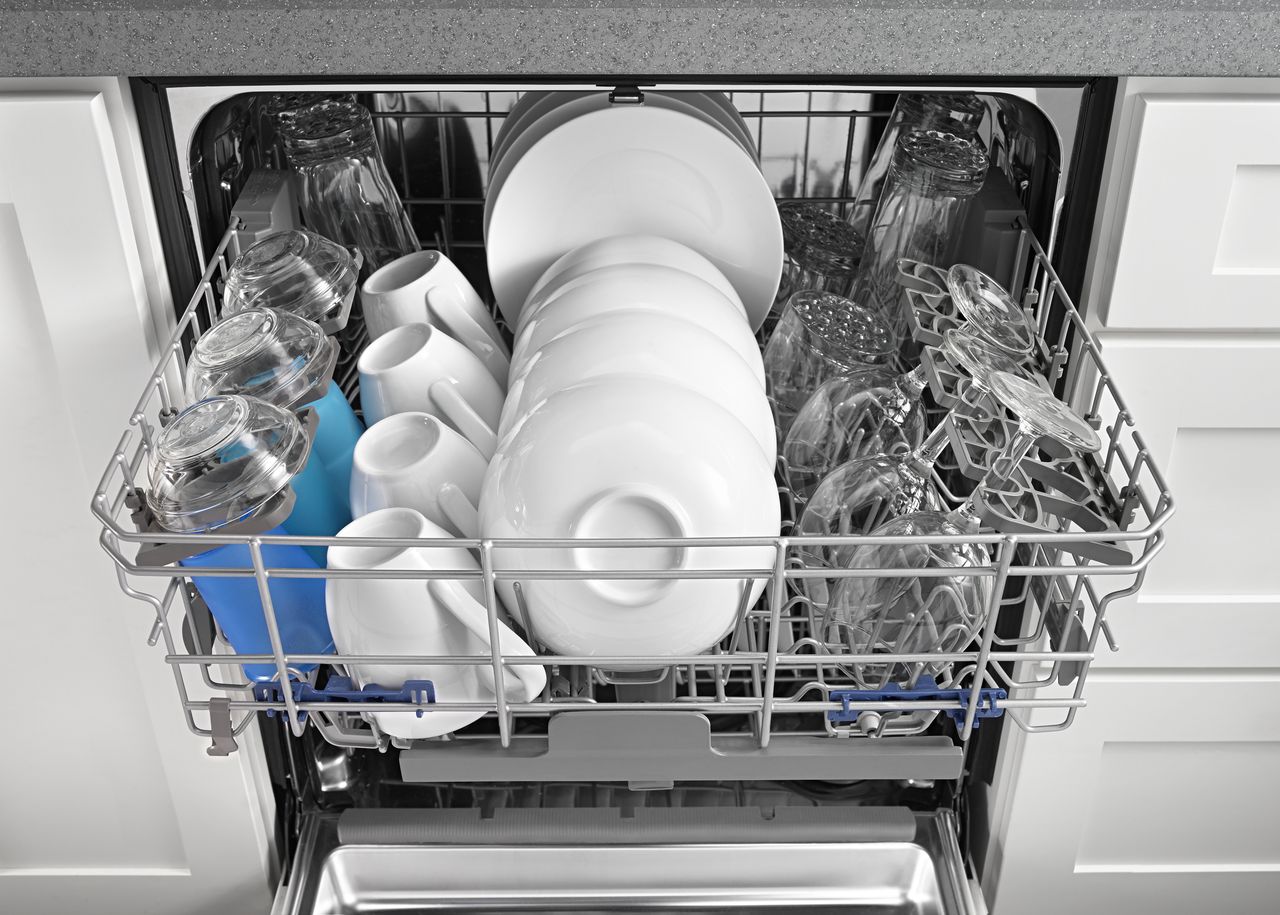
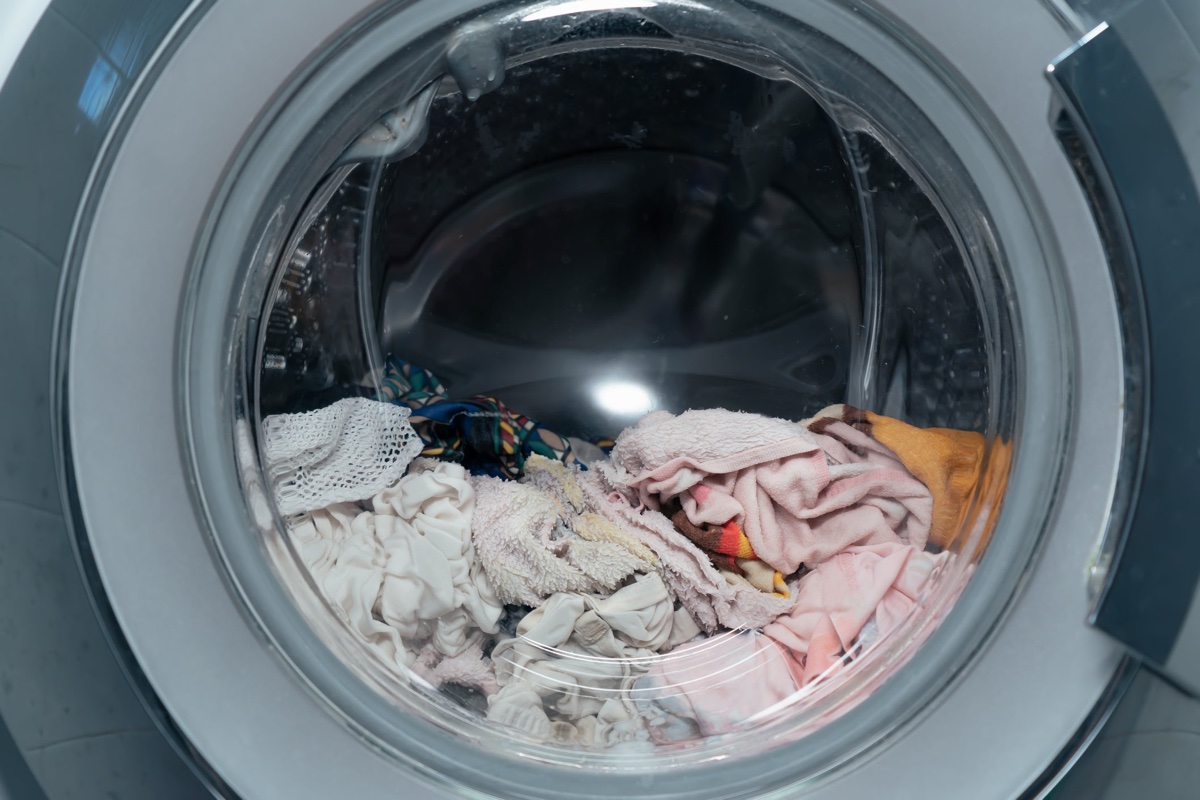
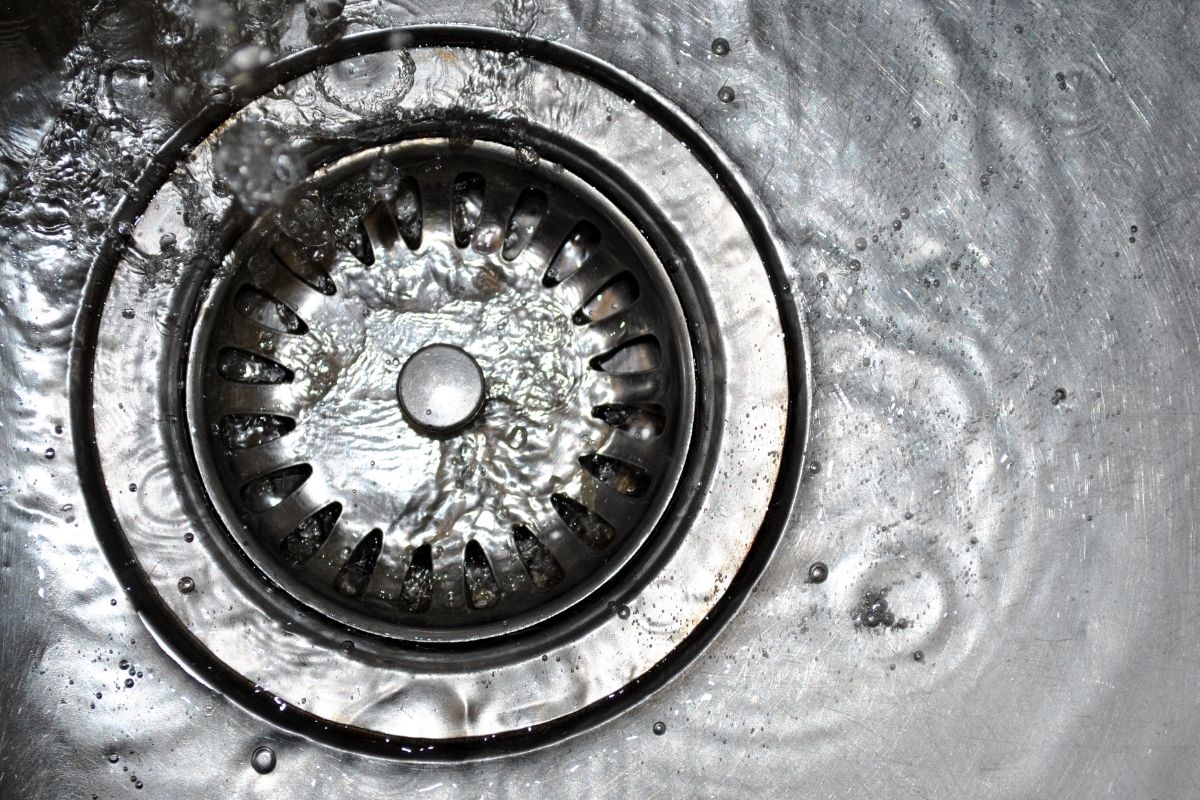
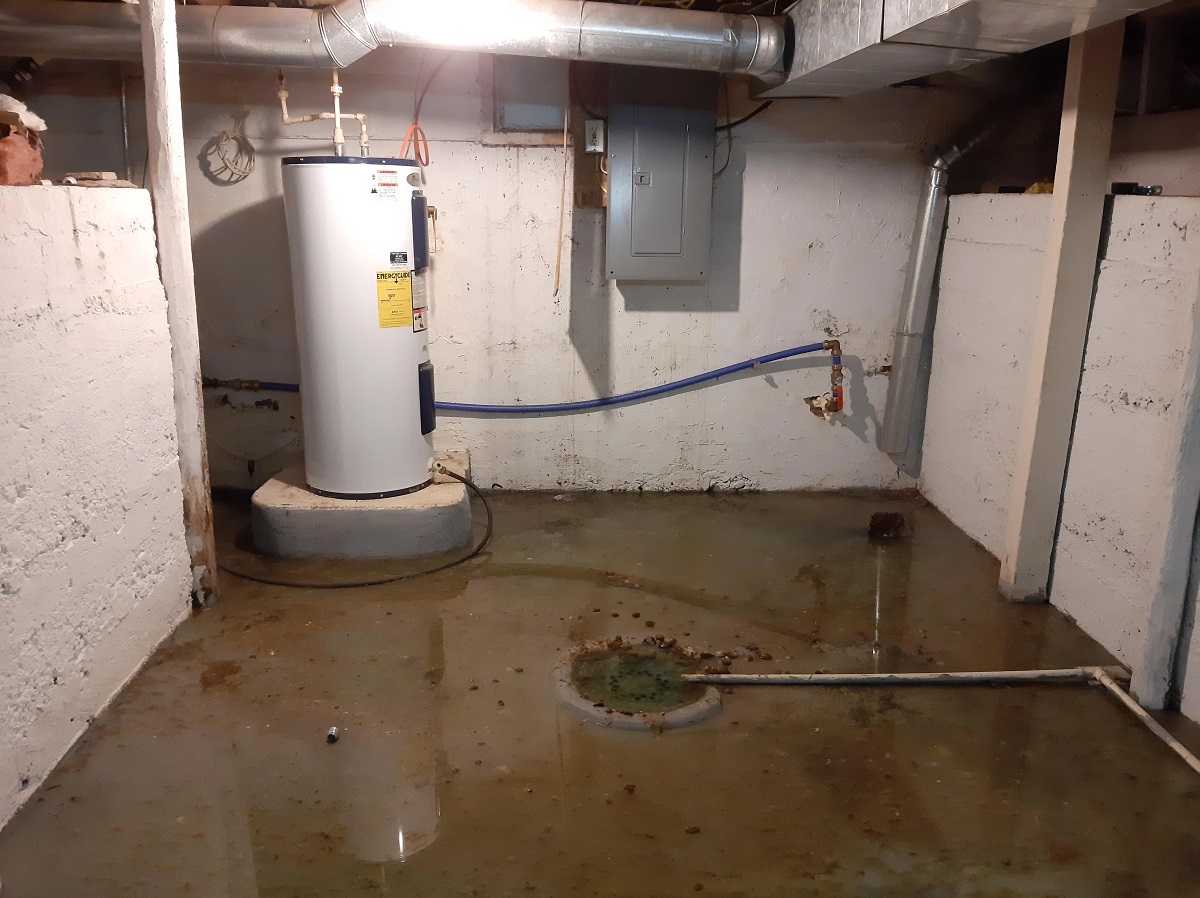
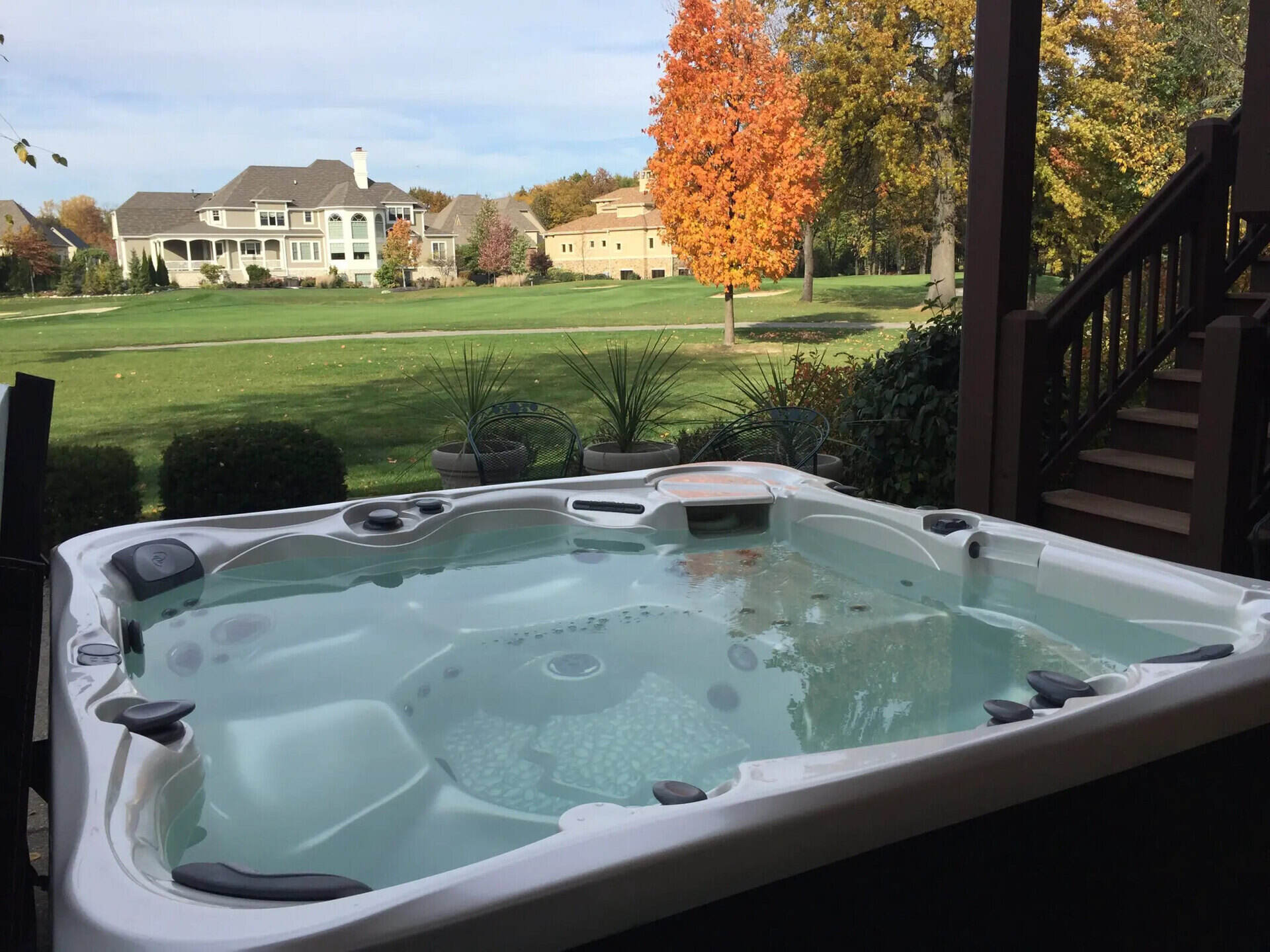
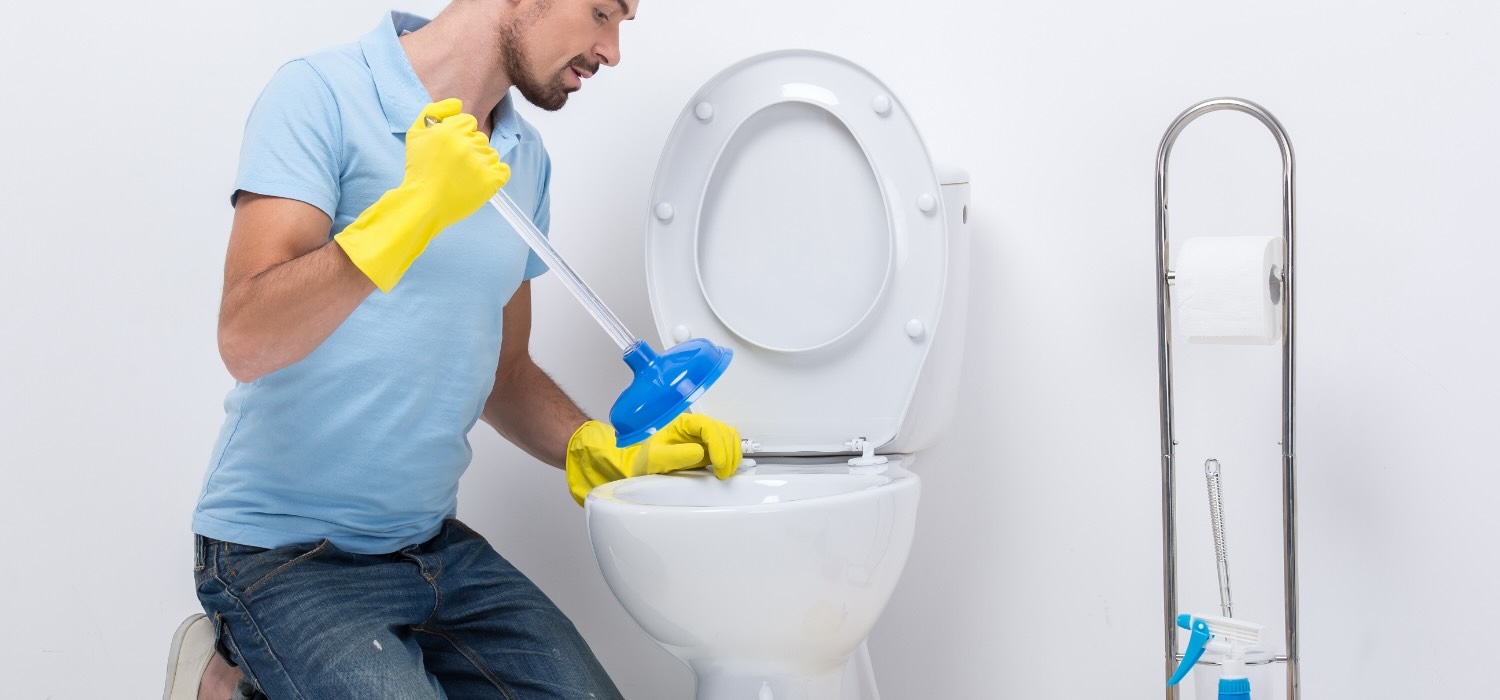
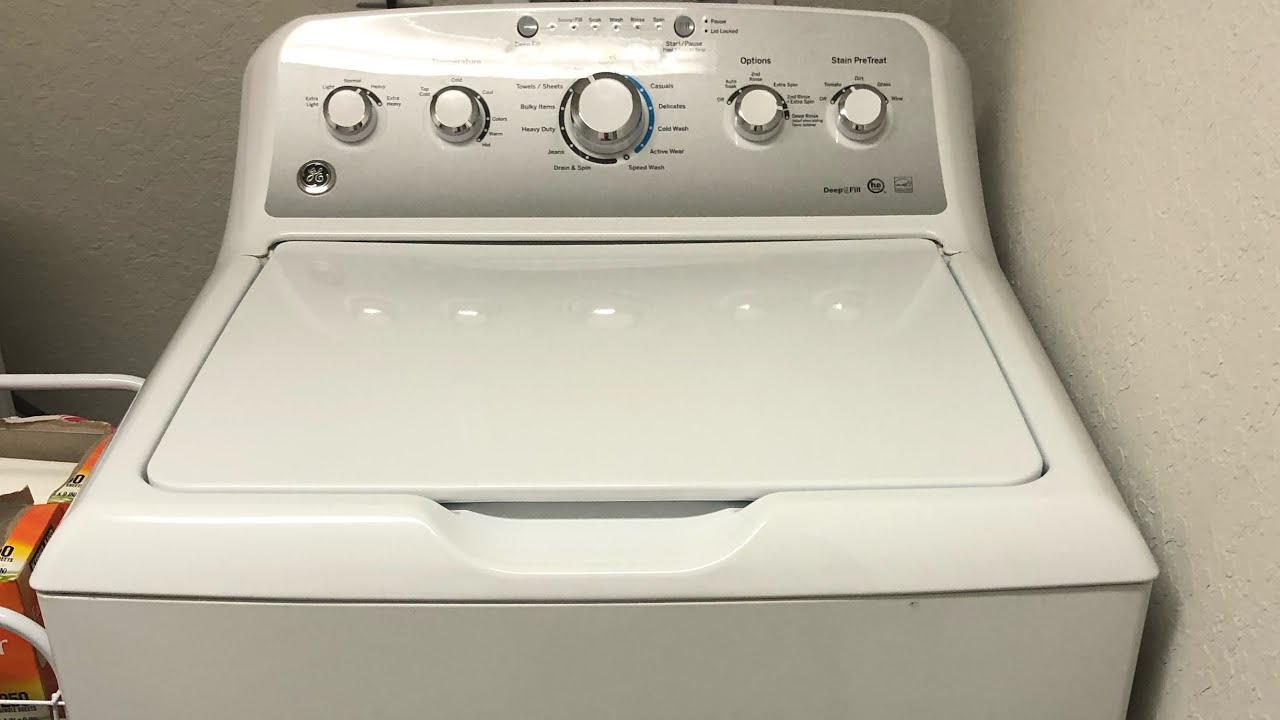
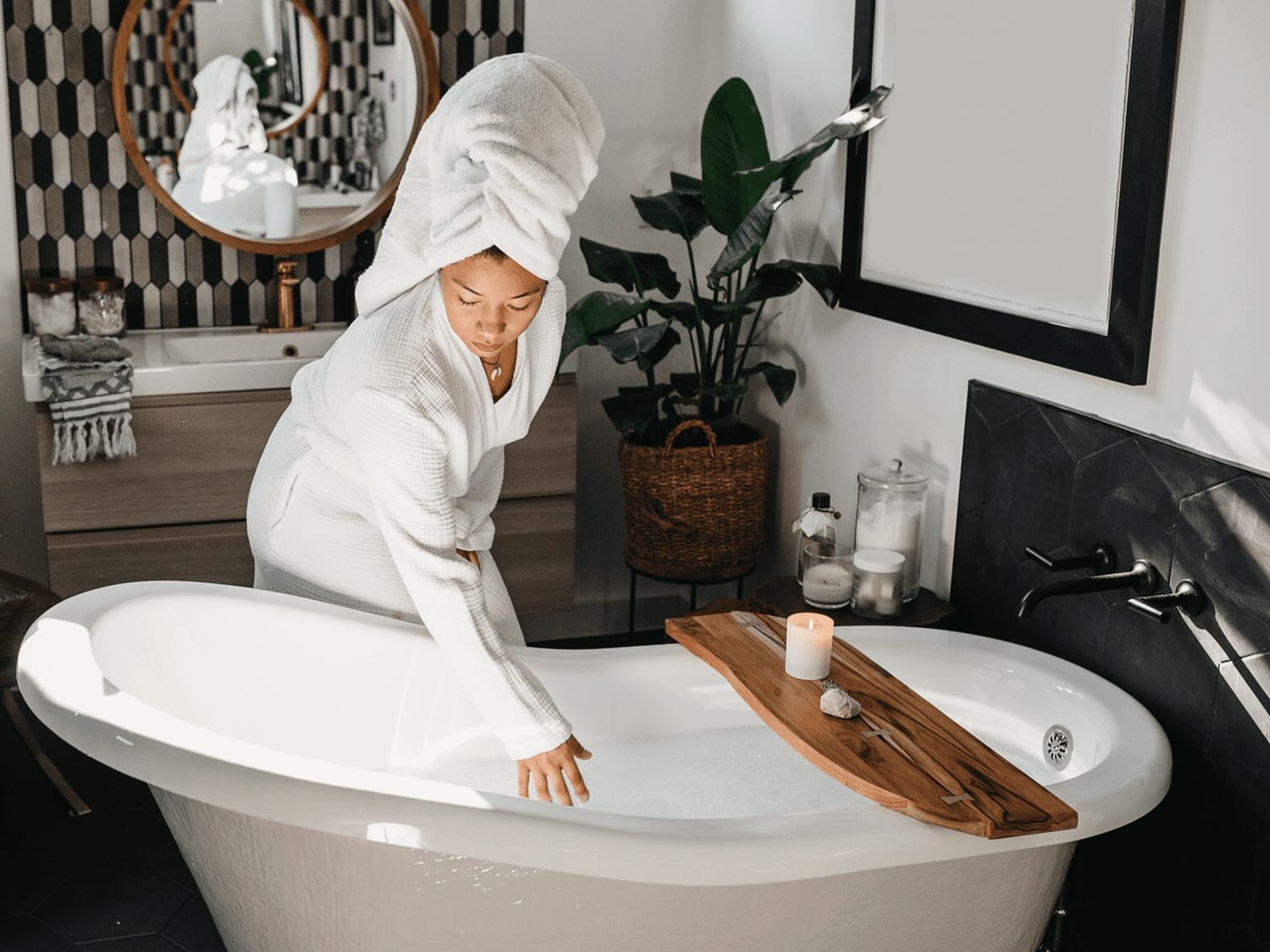
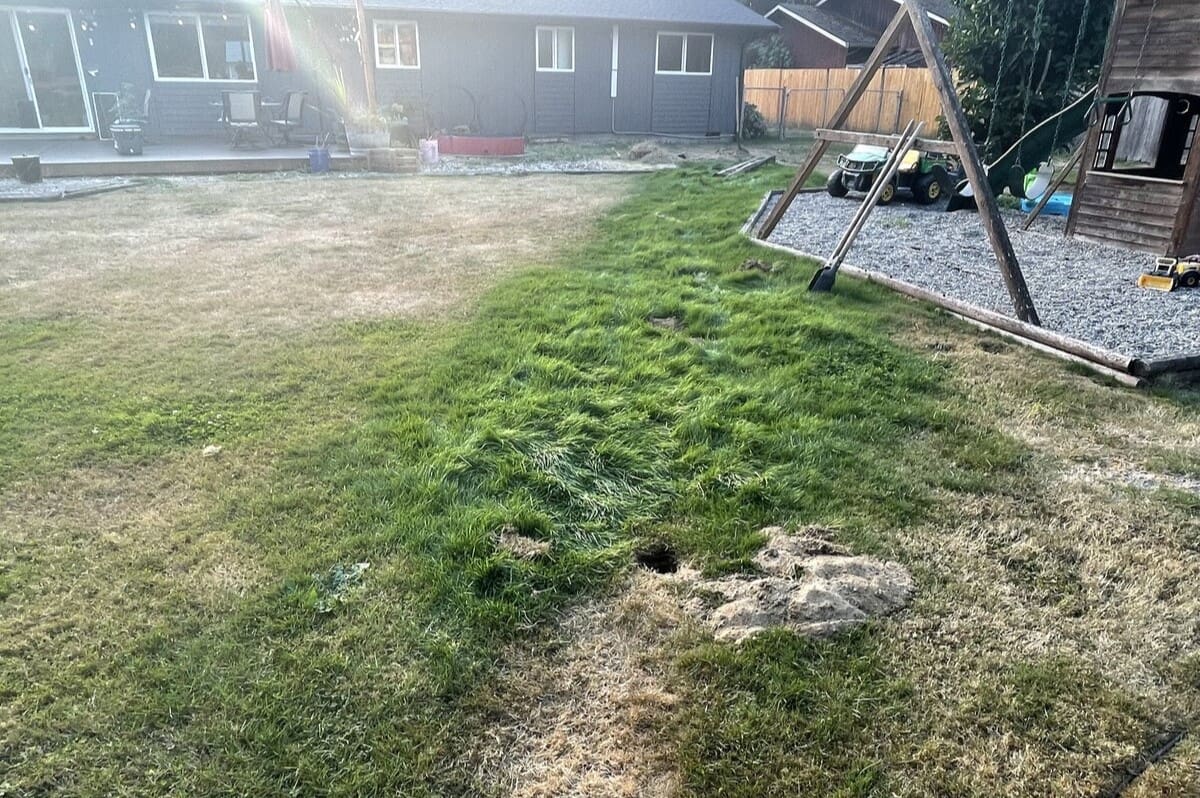

0 thoughts on “Why Is My Sink Not Draining”